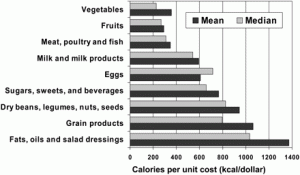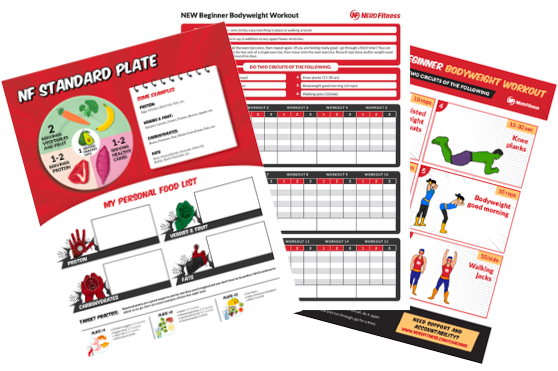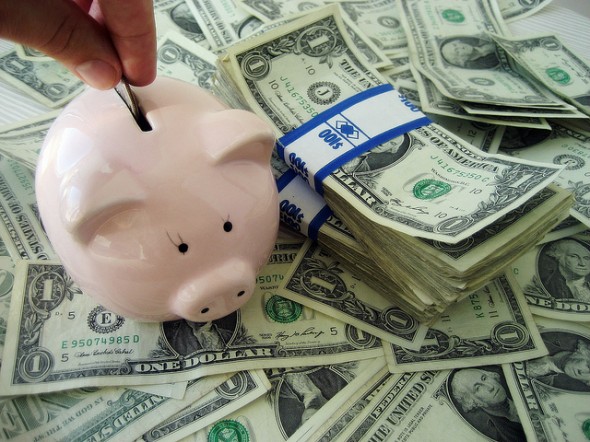
“I can’t eat healthy, it’s too expensive!”
Unhealthy food is indeed often more accessible and cheaper than healthy alternatives. Unfortunately, it’s these very foods that make us unhealthy and overweight, causing all sorts of INCREDIBLY expensive medical problems down the road.
“The line must be drawn here!”
Healthy eating on a budget IS possible, it just takes a game plan and a little creativity.
Today we’re going to talk about specific foods that are a great bang for your buck. Whether you’re simply trying lose weight and get in shape, or build some muscle and put on weight without looking like Jabba the Hut, making the right dietary choices will always be 80-90% of your success.
And because diet is going to make up THAT BIG of your chance for success, we want you to slowly shift to the most effective choices you can – and for that we recommend the Paleo diet. To help you get started, we’ve boiled down and simplified how to best get started with Paleo into a free, downloadable PDF. Enter your email below and we’ll send it to you right away.
- Discover if Paleo is for you
- The one simple trick to know if your food is Paleo-friendly
- Easy Paleo recipes for beginners to get you started
Break conventional thinking
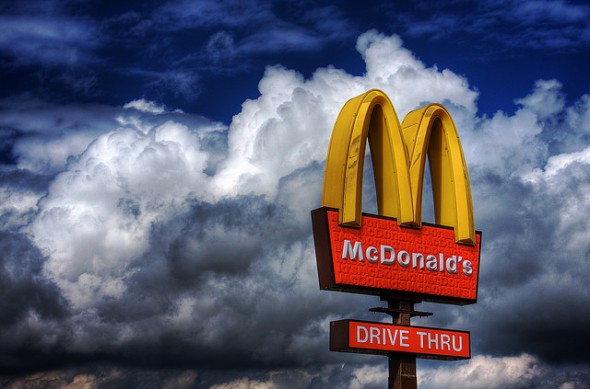
It’s not exactly a secret that our culture is obsessed with size: Bigger is better.
Over the last few decades we’ve been eating and drinking more and more, and we developed the idea that a “good deal” means a lot of food. In other words, we tend to associate a deal by looking at the price per calorie.
“I got SOO many fries, what a great deal!”
Sure, you could buy pasta and ramen and live on mere dollars a day, but we want a game plan that doesn’t skip out on practically every macro and micronutrient – a strategy that builds Rebel Superheroes.
The aim will be to reshape the way you evaluate ‘good deals.’ Instead of price per calorie, we’ll be looking at the price per nutrient. We want the most nutrients for the least amount of money. The choices below will:
- Target nutrient dense foods, but understand that we’re looking for the most economical choices. If food A costs $10 and has 50 of nutrient x, we’ll pick food B instead, which only provides 45 of x but costs just $2.
- Limit our draw to ‘good caloric deals,’ avoiding nutrient deficient options such as white bread or ramen.
- Identify foods with high caloric AND nutritional value, for those currently trying to gain weight through strength training.
Let’s do this!
Vegetables
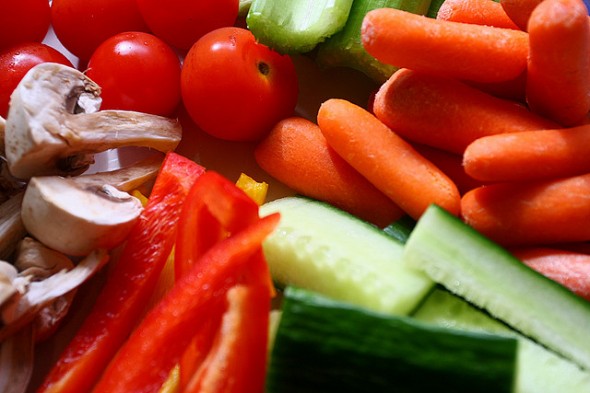
While vegetables can often be expensive, when we looked at some of the best choices, veggies are actually pretty awesome. One study showed:
“…that although fruits and vegetables are an expensive source of dietary energy (calories), they provide key nutrients at a reasonable cost.”
For starters, don’t be afraid to buy frozen vegetables in the freezer section of your local grocery store (or even canned vegetables). Sure, I love fresh veggies, but since frozen veggies are picked and then frozen at peak ripeness (and thus most nutritionally dense), they are often a better value while being edible for months longer.
Kale and leafy greens (such as mustard or collard): If there is one super cheap superfood, kale and leafy greens are it! Practically nature’s multivitamin, kale is packed full of protein, vitamin K, C, and A, dietary fiber, calcium, potassium, iron, magnesium, and more (a whole lot more). The catch is that kale and leafy greens can be bitter raw, so they need to be cooked. But don’t worry, there are tons of quick and easy ways to make kale delicious. You do NOT want to miss out on one of the most economical superfoods. To get you started, check out Kale Chips or this try this kale and bacon recipe.
Cabbage: A sister food to kale and leafy greens, from antioxidant to fiber to vitamin C, cabbage is both affordable and nutritionally dense. Cabbage is extremely versatile (soup, salad, stir fry, or sandwiches), and looks like it may have some superfood cancer fighting qualities as well.
Broccoli: I knew I was a Rebel in training when as a kid, I didn’t understand why everyone else hated Broccoli. Whether fresh or frozen, broccoli provides an excellent price per nutrient value.
Spinach: Rich in both minerals and vitamins, fiber and protein, spinach should be your go-to choice for salads over cheaper but nutritionally deficient greens like iceberg lettuce. The difference between spinach and lettuce is so large, this comparison is a great example to demonstrate why we should be making choices based on price per nutrient, rather than price per calorie.
Carrots: Carrots are one of my favorite nutritionally dense snacks. Crazy amounts of vitamin A, good carbs, and a little bit of everything else; carrots are a solid choice to supplement a salad or soup.
Be sure to check out your local farmers’ market, as you may find some great deals on fruits and veggies depending on the season and where you live.
Proteins
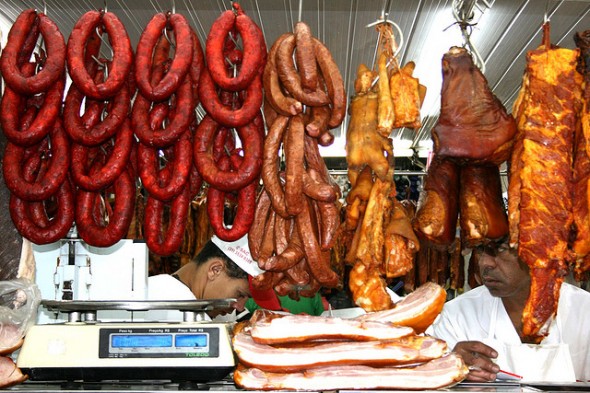
While Steve is a huge fan of the Paleo Diet, today we’re going to explore all cheap protein sources, Paleo or non Paleo.
Meats (chicken/turkey/beef): When we looked at prices across the U.S., chicken and turkey consistently offered better values. However, don’t count beef out; there is almost ALWAYS a specific cut of beef on sale, and by targeting cheaper (and fattier) cuts, you can usually leave the meat section with a killer deal. We aren’t targeting these cuts simply because they’re cheaper. As one of Steve’s favorite videos explains (Why You Got Fat), we understand that dietary fat is not the enemy, but an important part of a balanced diet.
Eggs: There’s a reason eggs are usually a staple among those seriously strength training: eggs are a simple yet nutritionally dense source of protein. Toss hard boiled eggs in a salad, scramble eggs in a stir fry, or prepare a regular breakfast staple, eggs are usually too cheap to pass up.
Canned Tuna: One can of Albacore Tuna contains approximately 120 calories, 28g of protein, and can cost $1 or less. This makes canned tuna a superb value and an awesomely lean protein source. Check out other canned fish, such as salmon, for some variety. And be sure to rotate canned tuna in and out of your diet to reduce risks associated with mercury.
Legumes: Beans, chickpeas, lentils, oh my! Legumes (especially when purchased in bags), are one of the best price per nutrient values out there. Legumes such as beans work great in a salads, soups, or even dips. Providing copious amounts of both protein and carbs, legumes offer a great value and easily satisfy macronutrient requirements. Be wary though, nutritional value will vary depending on your specific legume of choice!
Protein Powder: If the above above recommendations don’t work for you and you’re still a little short on protein, try a huge tub of protein powder online. Make yourself a quick protein shake breakfast or post workout meal.
Other cheap protein options that may be a great deal include quinoa, greek yogurt, cottage cheese, and one of the many types of nut butter.
Fruits
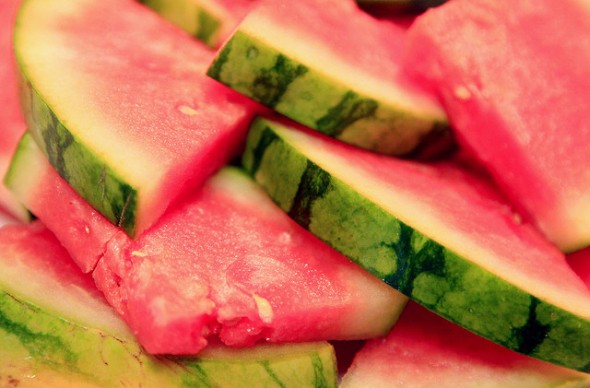
Fruits provide one of the biggest challenges, especially in the United States, because they are so expensive relative to other food groups. Fruits can also be tricky. Grapes, which seem to be a moderate value, end up being one of the worst price per nutrient options out there. This may lead to the completely understandable reaction that I had, “SCREW IT! I love grapes, and I’m buying them!”
But don’t worry, there are still some excellent cost efficient options for fruits:
Watermelon: I know, I know. My first thought too was, “isn’t it mostly water?” Well, yes. But as it turns out, since watermelon is so darn cheap, it is an incredible value per nutrient. Packed with lycopene (antioxidant), vitamins A and C, potassium, magnesium, and phosphorus, watermelon is a wonderful and easy to eat nutritional deal.
Bananas: If you’re following the Paleo Diet and avoiding most grains, bananas are a great source of carbs. Bananas are super cheap and provide you with tons of potassium. They can be added to oatmeal, eaten as a snack, or my favorite, as a desert (frozen bananas).
Plums: Packed full great micronutrients like vitamin A, K, and C, plums are an excellent source of fiber and carbs.
Pears: Although pears possess a good amount of natural sugars, they are another great source of fiber and vitamin C…and usually even cheaper than plums.
Other fruits that may be great nutritional deals in your area: cantaloupe, apricots, kiwis, and nectarines.
Don’t forget about dried fruit – although high in sugar, bulk dried fruit can be an nutrient incredible value.
If you adopt a Paleo Diet, you may find yourself picking out food and asking, “Is this ________ paleo?”. Trust me, I’ve been there. We’ve got you covered. Enter your email below and we’ll send your our downloadable PDF guide to the Paleo Diet, to help you learn what is and isn’t considered Paleo.
- Discover if Paleo is for you
- The one simple trick to know if your food is Paleo-friendly
- Easy Paleo recipes for beginners to get you started
How to eat big and healthy

If you are training like crazy or are working hard to get bigger by packing on muscle and size, then chances are you’ll require more and more food (read: fuel) to reach your goals. If you’re strength training and not getting bigger, then you’re not eating enough – it’s that simple.
We can see from this graph that as calories become more important, fats and oils, beans and legumes, and dairy products become more cost effective than vegetables and fruits (however, don’t neglect vegetables to make sure your…um…”plumbing” can handle the extra calories!).
Oats: Oats are incredibly cheap, provide ridiculous amounts of both carbohydrates and protein, and fulfill other micronutrient and mineral requirements such as thiamin, folate, magnesium, and phosphorus. Oats are simple to make, can be prepared a variety of ways (sweet or savory), and can be bought and stored easily in bulk!
Whole Milk: When Steve gained 18 pounds in a month, and then another 12 pounds while traveling, whole milk was a huge part of his diet. Although milk isn’t Paleo, its low cost combined with high amounts of protein, calcium, and vitamin D makes it an attractive option when trying to meet high calorie requirements (if your body can handle the lactose).
Avocados: Avocados are perhaps the densest food listed in this entire article, both calorically and nutritiously. Although they may appear costly, avocados can be an incredible price per nutrient value. Put them in salads, on sandwiches, or eat them plain with a little bit of salt! When your local grocery store puts avocados on sale, be sure to stock up!
Sweet Potato: A better nutritional value than normal potatoes (plus a lower glycemic load), sweet potatoes are a great source of carbohydrates, dietary fiber, and incredible amounts of vitamin A. Steve is a huge fan of sweet potatoes sliced, covered in olive oil, and thrown in the oven at 375 for 12 minutes each side. So simple, even a nerd could cook it.
Olive Oil: One of the best ways to add good fat without cholesterol or sodium is olive oil. Add extra olive oil to salads, meats, and legumes. Need even more calories? Drink it. Seriously. Take a few big swigs before each meal and you can add 700-1000 calories to your intake each day, no problem.
Almonds/Walnuts/Almond butter: Hailed by Mark’s Daily Apple, raw almonds are a versatile option that can serve as a great supplementary source of protein and fat. While almonds can be a great value, be sure to buy them in bulk to optimize your price per nutrient deal. And if you haven’t tried almond butter and apple slices, one of Steve’s staples, you’re missing out.
Eat Smart
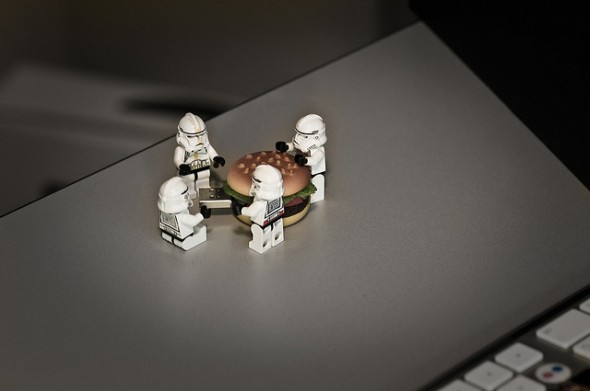
No matter what value foods you plan to buy, be sure approach eating healthy on a budget with a plan of attack. You will find that if you take advantage of healthy foods on sale (especially buy one get one free deals), many foods that aren’t listed here will suddenly become a great value!
Remember: If your goal is weight loss, the majority of your calories should come from fat and protein, NOT carbohydrates/grains! This is the whole premise of the Paleo Diet that we’re so fond of.
Concerned about pesticides and have a bit more money to spend? Here are nine foods you should try to buy organic, and seven organic options you can pass up.
As long as you’re no longer thinking “more is better,” but instead searching for value healthy foods, you’ll be on your way to becoming a Rebel Superhero.
What foods did I miss that you find to be an incredible value?
Leave any other healthy budget eating tips or tricks in the comments below!
-Taylor
###

